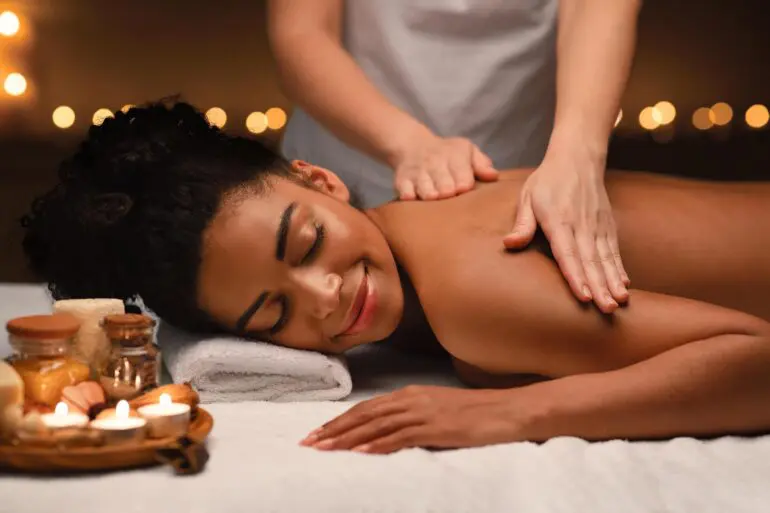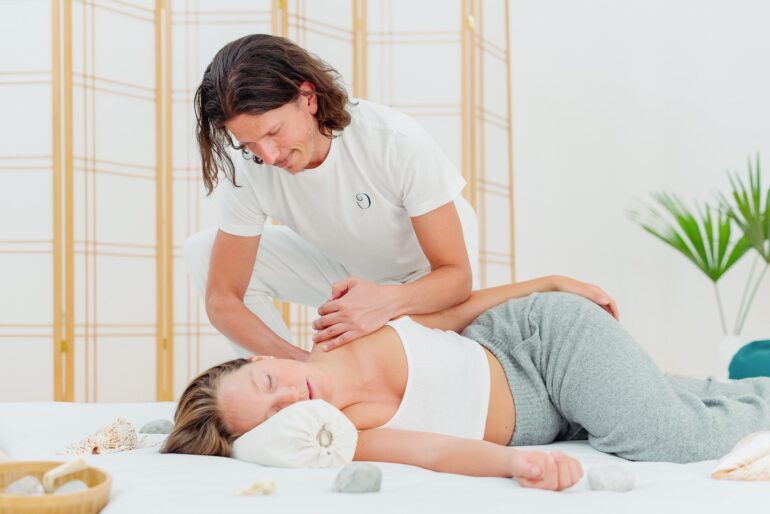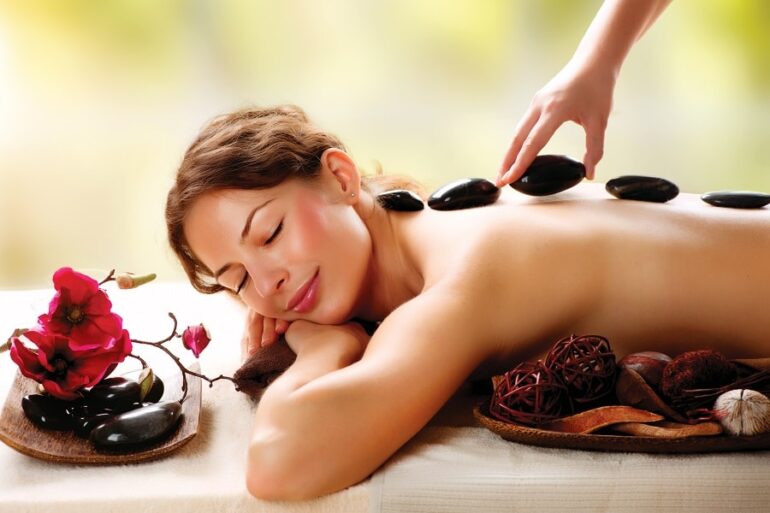
Massage therapy offers numerous benefits, including stress relief, muscle relaxation, and improved circulation. For those new to massage, understanding the various types can help you choose the right one to alleviate tension.
This guide will provide an overview of the most common techniques, their benefits, and what each type involves. You can try these if you check out 마사지사이트.
1. Swedish Massage

Swedish massage is often recommended for beginners due to its gentle approach. This technique primarily aims to enhance relaxation and promote overall wellness. The therapist uses long, flowing strokes, kneading, and circular movements on the superficial layers of muscle using oil or lotion.
Benefits
It effectively reduces stress, eases muscle tension, and enhances relaxation. It can also help improve blood circulation and flexibility while easing tension in the body’s soft tissues.
Technique
The session usually starts with broad, flowing strokes (effleurage) to calm the nervous system and relax the exterior muscles. Then, the therapist may move to kneading (petrissage) and rubbing the muscles with light to medium pressure. It also includes rhythmic tapping and shaking motions to further release muscle tension.
2. Deep Tissue Massage

This type is suitable for relieving severe tension in the muscle and connective tissue or fascia. This type focuses on the muscles located below the top muscle layer.
Benefits
It is particularly effective for chronic aches and pains and contracted areas such as a stiff neck, upper back, lower back pain, leg muscle tightness, and sore shoulders.
Technique
Therapists apply slow, deliberate strokes that focus pressure on layers of muscles, tendons, or other tissues deep under your skin. Though less rhythmic than other types, deep tissue massage can be quite therapeutic—relieving chronic patterns of tension and helping with muscle injuries, such as a back sprain.
3. Sports Massage

Designed specifically for the very physically active, sports massage is used to prevent injuries, prepare the body for athletic activity, and help athletes recover from workouts and injuries.
Benefits
It promotes flexibility, reduces fatigue, improves endurance, helps prevent injuries, and prepares the body and mind for optimal performance.
Technique
One of the key aspects of sports massage is that it’s often faster-paced and includes stretching and compression moves. Pressure varies depending on the needs and conditions of the athlete. It can be used as a means to enhance pre-event preparation and reduce recovery time for maximum performance during training or after an event.
4. Aromatherapy Massage

Aromatherapy massage combines soft, gentle pressure with the use of essential oils. Your therapist will usually decide which essential oils to use, but you can let them know if you have a preference. The essential oils are diluted before being applied to the skin.
Benefits
It is particularly suited to conditions involving stress or improving emotionally related conditions. Stress and stress-related conditions such as insomnia, headache, digestive disorders, premenstrual syndrome, and back pain can benefit immensely from aromatherapy massage.
Technique
During an aromatherapy massage, you inhale these essential oil molecules or absorb them through your skin. They are believed to promote beneficial changes in your mind and body by affecting the limbic system, a region of the brain known to influence the nervous system.
5. Shiatsu Massage

Shiatsu, a form of therapy from Japan, uses rhythmic sequences on acupuncture meridians. Each point is held for two to eight seconds to improve the flow of energy and help the body regain balance.
Benefits
Shiatsu is used to treat pain and illness, to relax the body, and to maintain general health. The technique is also effective in treating digestive issues, headaches, PMS symptoms, anxiety, and fatigue, among others.
Technique
Shiatsu involves pressing fingers and palms firmly over specific points on the body. It’s a form of tapotement that doesn’t involve typical techniques of rubbing and kneading. Instead, pressure and rhythmic tapping are used to energize pathways, potentially clearing blockages and balancing the energy flow.
6. Hot Stone Massage

Hot stone massage is a specialty type where the therapist uses smooth, heated stones as an extension of their own hands, or by placing them on the body. The heat can be both deeply relaxing and help warm up tight muscles so the therapist can work more deeply, more quickly.
Benefits
The primary benefit involves muscle relaxation and pain relief. The heat helps release tension in your back and shoulders, so those muscles can be worked on more effectively. The warmth of the stones improves circulation and calms the nervous system.
Technique
Smooth stones get heated and then lubricated with oil or essential oils, which the massage therapist uses to apply pressure to key points on the body. They may also place the stones on specific points along your spine, in the palms of your hand, on your belly, or even between your toes to improve the flow of energy in your body.
Final Words
Understanding the various massage types and their specific benefits and techniques can help you make an informed decision about what is best for your body’s needs, especially when dealing with tension. Consider consulting with a professional therapist to find the best approach for your specific needs and preferences.
